Allergic Diseases and the Environment —— 53rd Nestlé Nutrition Workshop, Pediatric Program, Lausanne, April 2003
----- 过敏性疾病与环境
During the last two decades the increase in allergic diseases in children, such as atopic dermatitis and asthma, has been drastic. However, this is not true for the entire world: the incidence of allergies in children has risen only in developed countries. The observation of this socio-geographic discrepancy has led to careful study of the environmental differences that exist between the diverse settings in which children are born and has resulted in the so-called ‘hygiene hypothesis’: the ‘sterility’ of modern hospitals and birth places in the developed world might lead to a lack of microbial stimulation required for the development of a balanced mucosal immune response, including expansion of T-helper (Th) cell subsets that can mediate immune responses. Therefore, this workshop was held to consider in depth the environmental factors that influence the changing pattern of worldwide childhood allergy. This publication is a valuable source of knowledge and update for nutritionists, pediatricians, immunologists, microbiologists, as well as professionals concerned with preventive medicine.
{{comment.content}}
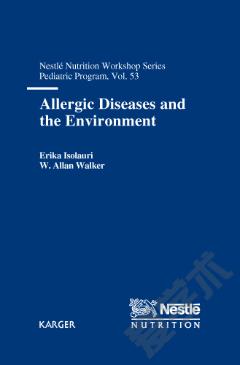
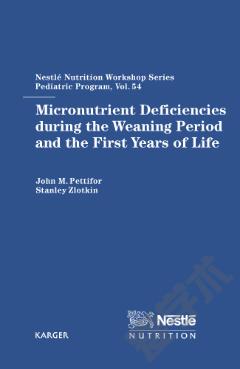

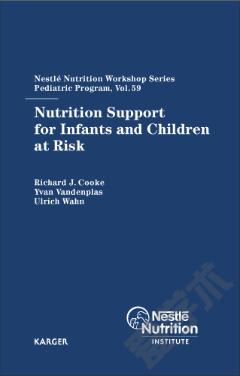
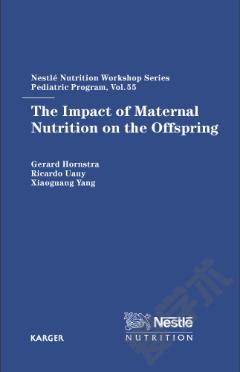
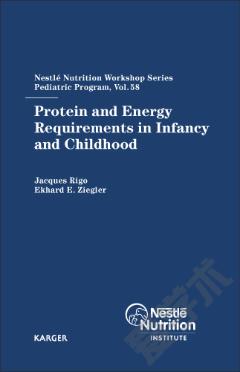
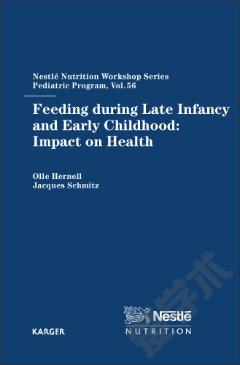

 京公网安备 11010802027623号
京公网安备 11010802027623号